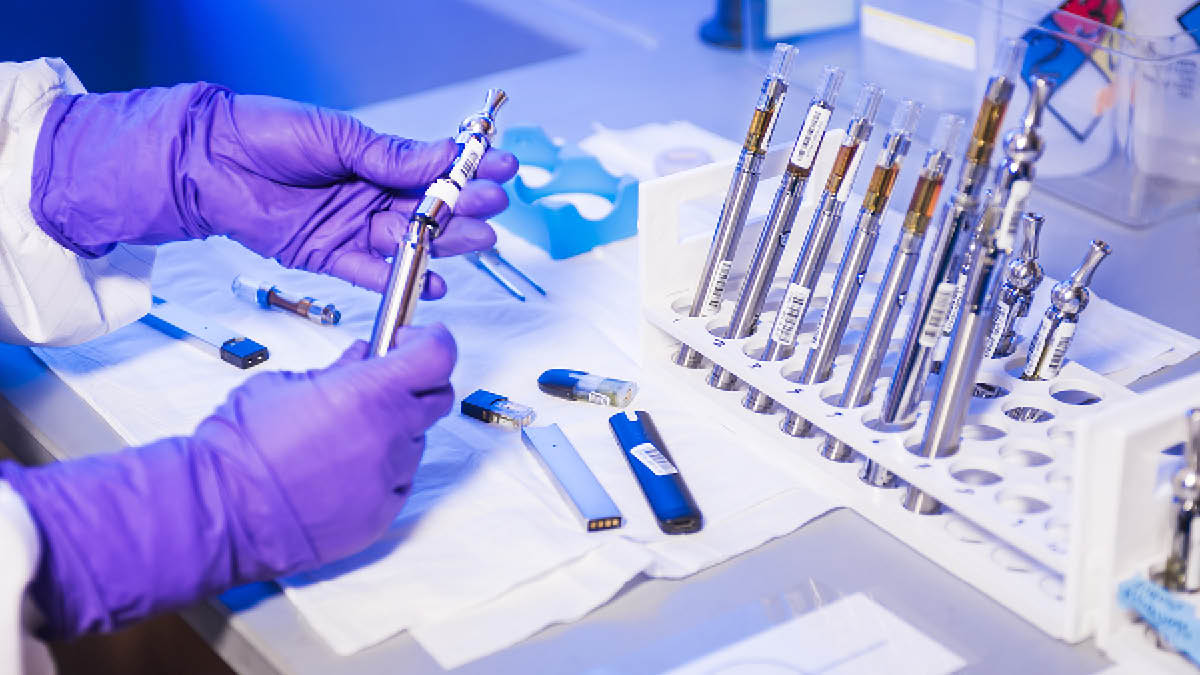
Medical science is racing ahead as it decodes complex genetics to reveal routes to therapies and cures to the most intractable diseases blighting society.
Cell and gene therapies are booming, with CAR-T cell treatments recognising and neutralising even the most shrouded cancers and Crispr gene editing techniques reaching landmark approvals to tackle rare, life-threatening conditions.
But the science – along with its lifelines to patients – stalls if the mechanics of testing and manufacturing the products at scale do not keep pace.
The scientists who discovered Crispr and its revolutionary ability to change the DNA of animals, plants and microorganisms were awarded the Nobel Prize in Chemistry and their work is leading to huge steps towards curing inherited diseases. However, the costs of enabling this discovery, and other gene and cell therapies, is as daunting as the molecular complexity but contract testing development and manufacturing organisation WuXi Advanced Therapies – the advanced therapies business unit of WuXi AppTec based in the heart of the cell and gene therapy industry – has refined manufacturing platforms that accelerate these therapies to market.
The company’s innovation arm, Oxford-based Oxgene, specialises in discovery and biomanufacturing technologies that feed into an end-to-end service that ensures transformative science reaches the market and, ultimately, the patient.
“We are passionate about improving and accelerating patient access to the cell and gene therapies that could change, or even save, their lives, which we do through long-lasting and meaningful partnerships with our customers,” says David Chang, chief executive officer at WuXi Advanced Therapies.
He adds: “Manufacturing these products with consistency involves major challenges. It is one thing to have the bright idea, but it takes extra rounds of effort, expertise and ingenuity to make it commercially viable – and that is what we live and breathe.”
Research has identified the manufacturing challenge cell and gene therapy faces in clinical testing and commercialisation with the implications reverberating from R&D through clinical trials to reimbursement. The manufacturing process involves living cells with inherent variability and high risk from contaminants.
We are passionate about improving and accelerating patient access to the cell and gene therapies that could change, or even save, their lives, which we do through long-lasting and meaningful partnerships with our customers
Chang says: “We analyse the process, see the bottlenecks and innovate around them. It is a difficult and economically toxic process. Typically, a research institute or a spinoff company will have a great idea but no experience of how to take it to commercialisation. WuXi Advanced Therapies has an end-to-end service which acts as a turnkey solution to help them realise their ambitions.”
The annual Mass General Brigham ‘Disruptive Dozen’ report, which showcases emerging gene and cell therapy (GCT) technologies, this year identified breakthroughs such as restoring sight by mending broken genes, CAR-T therapies that take aim at autoimmune conditions, engineering cancer-killing cells that assault solid tumours and harnessing RNA to treat brain cancer. Even more recently, the European Medicines Authority (EMA) has approved the first gene therapy to be delivered directly into the brain for treatment of adults and children with severe aromatic L-amino acid decarboxylase (AADC) deficiency who have a genetically confirmed diagnosis, and the New England Journal of Medicine reported positive results from a phase I-2 gene therapy trial in patients with hemophilia B.
The US-based academic healthcare system is part of a global push to advance cell and gene therapy to transform cancer care and treat conditions that currently have minimal therapies and no cures.
“These are exciting times and we now have treatments for patients who previously had no option. Every cell and gene therapy that makes it to the clinic or commercialisation is a huge step forward,” says Dr Ryan Cawood, Oxgene founder and chief scientific officer at WuXi Advanced Therapies. “Ten years ago, there wasn’t the funding, the infrastructure or manufacturing capability. Now, we have the platforms to see if these products are viable at a much faster pace. We then have the technology and expertise to make them happen and take them to commercialisation.”
Oxgene has developed the Tessa system that allows for large scale adeno-associated virus (AAV) production that helps reduce the cost of cell and gene therapy manufacture without compromising on safety. It is part of a suite of technologies that are energising the sector and, crucially, attracting investors to support early-stage science because they reduce the once prohibitive costs of taking some products to commercialisation.
“We are working with cells, which are difficult to characterise and very difficult to work with, in comparison to small molecules,” adds Cawood. “But, because they have all of those complexities, they have a huge amount of advantages; they can adapt, they can respond, they can interact with human biology in ways that small molecules simply can’t.”
WuXi Advanced Therapies is committed to being an influential partner on the journey from idea to transformative treatment. Chang adds: “Our platforms offer the ability to fine tune testing and manufacture in the shortest possible time and we pride ourselves on the opportunities our systems provide for industry. These techniques offer so much potential to scientists, new and existing companies and, most importantly, to patients. It means hope.”
To find out more, please visit advancedtherapies.com
Promoted by Oxgene

Medical science is racing ahead as it decodes complex genetics to reveal routes to therapies and cures to the most intractable diseases blighting society.
Cell and gene therapies are booming, with CAR-T cell treatments recognising and neutralising even the most shrouded cancers and Crispr gene editing techniques reaching landmark approvals to tackle rare, life-threatening conditions.
But the science – along with its lifelines to patients – stalls if the mechanics of testing and manufacturing the products at scale do not keep pace.

